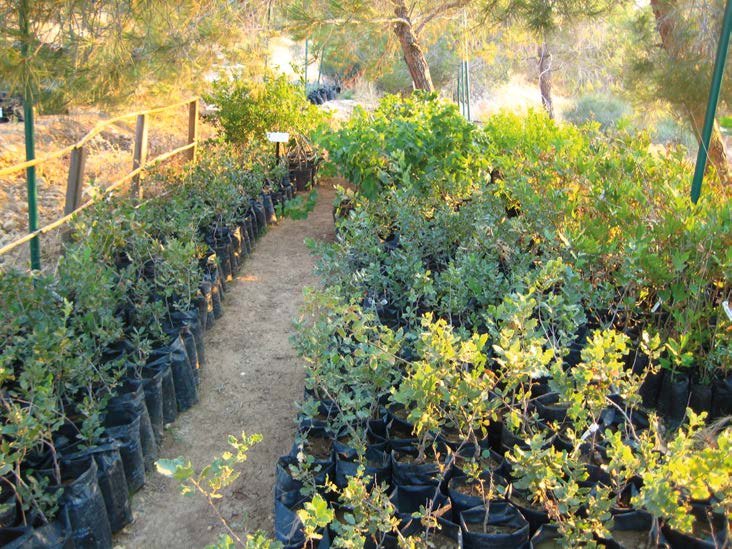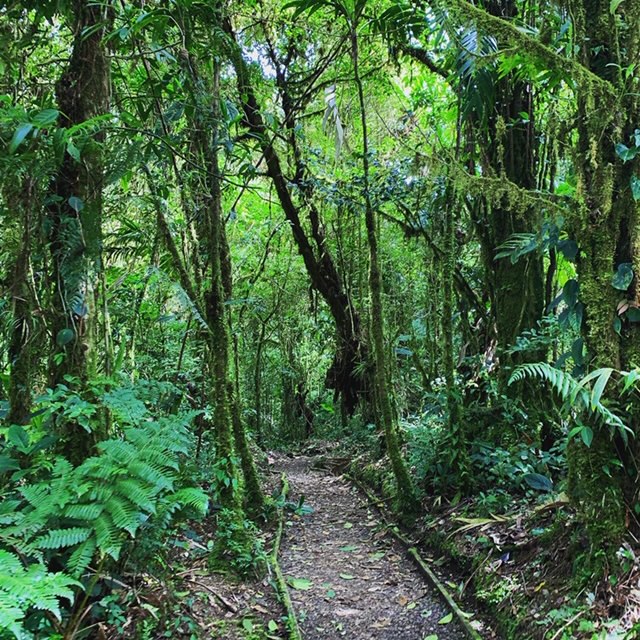“A society grows great when old men plant trees whose shade they know they shall never sit in.”
-Greek Proverb
By Patrick Donohue
What’s a dollar worth to you? Anything come to mind? When I was a kid I must have biked up to the deli by my house a thousand times to buy a Milky Way bar with a sweaty dollar bill pinched between my palms and the handlebars. Later on in college, the Dollar Menu at Mickey D’s was a godsend. Nowadays, it might take you a minute to think of anything that costs a buck–hell, even the dollar stores are going through a ‘$5 Dollar’ rebrand. If you saw a dollar on the ground, of course you’d pick it up, but by that same token, if you lost a dollar you wouldn’t lose any sleep over it (at least I hope).
What’s the most value you can get out of a single greenback? Sure, that perfect jukebox tune can get the whole bar singing, a tallboy can of Arizona iced tea is a great deal (shoutout to Arnold Palmer), and there’s always that tiny chance you hit the jackpot on a scratch-off ticket–but what about something with a guaranteed tangible impact?
How about a tree?
A couple months back, I came across an organization, One Tree Planted, which operates on an elegantly simple premise: one dollar donated, one tree planted. Since its founding in 2014, this non-profit has planted over 4 million trees in 18 countries and has consistently managed to double their totals year over year. A GuideStar ‘Platinum Seal of Transparency’ recipient, One Tree Planted works by pooling donated funds and allocating them to reforestation projects in forests that have been depleted by human interference, wildfires, and other natural disasters. Saplings are grown in nurseries, planted in rainy seasons, then monitored and tended to by arborists, in the process creating sustainable jobs for local communities.


What if you spent a dollar a day on a tree? Would you even notice the change in your checking account? I’d be ecstatic if my atm withdrawal fees were only $1.00. I can justify the expense simply for the small peace of mind it delivers. Lazy, unproductive day spent watching cartoons in bed? Well, at least I did something for the good of us all…
Facts and Figures
I’m sure you learned in elementary school that trees are good for the environment, so I won’t waste your time trying to convince you that this is indeed a worthy cause. That said, here are a couple of eye-openers to reinforce how critical trees are to the ecosphere.
- On average (remember there’s 60,000 types of trees worldwide), a single mature tree can absorb carbon dioxide at a rate of 48 pounds per year.
- That same tree can release enough oxygen back into the atmosphere to support two human beings.
- A mature evergreen can intercept 15,000 liters of water every year.
- One tree can absorb 20 kg. of dust annually, and “swallow up” 80 kg. of suspensions, containing toxic metals such as mercury, lithium, lead etc.
- A single tree can be home to hundreds of species of insects, fungi, moss, mammals, and plants.
- 80% of all terrestrial flora/fauna live in forests.
- 25% of all medicines are derived from rainforest plants.
- Trees account for nearly 30% of all oxygen produced worldwide (the majority comes from phytoplankton in our oceans and a small percentage from other plants).
- Global forests removed about one-third of fossil fuel emissions annually from 1990 to 2007.
- Trees pump large amounts of water out of the ground through their root systems, and in turn, much of this water evaporates through its leaves into the atmosphere. Through this process, called Transpiration, a forest can create a significant amount of the rainfall it needs for its own and the entire ecosystem’s survival.
- 1.6 billion people depend on forests for their livelihoods.
- Every 1.2 seconds, humans destroy forest cover equivalent to the area of a football field.
- 46% of the world’s forests have already been destroyed over the last 12,000 years, and more than 20 percent of the Amazon Rainforest is already gone.
- It’s estimated that 28,000 species will become extinct in the next 25 years due to deforestation.
It all adds up…
Let’s spitball here. Using this nifty tree spacing calculator, and spacing the recommended 20 feet between rows/ 6 feet between trees, after a year of donating a tree every day, you’d have enough trees to plant an acre. Upon maturity (not to be overlooked, some species take 20+ years), one acre of trees is enough to offset 2.6 tons of carbon dioxide per year, or the equivalent of driving a car 26,000 miles. Given that Americans averaged about 15 tons of CO2 per person in 2016, it would take around 6 years of planting trees daily to offset your yearly personal carbon footprint (more than you thought, huh?)
Using some of the numbers in the bullet points above and doing some quick multiplication, our acre of trees can now absorb 7.3 tons of dust, 29.2 kg of suspensions, and intercept over 1,387 tons of rainfall per year. Not too shabby…


Compound In-trees-t
Perhaps most significant is the return on your investment. Apart from feeling good about yourself and the environment, trees provide significant financial value. ‘According to “Growing Greener Cities”, a book published by the American Forestry Association, a single tree provides $73 worth of air conditioning, $75 worth of erosion control, $75 worth of wildlife shelter, and $50 worth of air pollution reduction. Compounding this total of $273 for fifty years at 5% interest results in a tree value of $57,151.’ Wow.
Now let us do some rough calculating with those numbers. Assuming we’re in the rainforest and away from most development, let’s take away the $73 worth of air conditioning and say that each mature tree provides $200 of yearly benefits. This knocks us down to a return of approx. $46,250 per tree over 50 years.
Back to that acre of trees. We’ll be conservative and say 20% (73) of your trees survive to maturity. That’s a return of $3,376,250 over fifty years. Even supposing it costs $365/year to tend and maintain the acre ($18,250 over 50 years), that’s still a return on investment of approx. 9,200%. Suppose 50% of those trees survive to maturity. That’s a net return of $8,463,750, and a return on investment of 23,137%. Okay, okay you’re not directly lining your pockets with this money, but think about the gift you’d be giving to your children’s-children’s-children with this meager investment.


‘Money Trees is the perfect place for shade’…
What good can you do with a dollar? Turns out, a whole lot. It’s easier than you think it is to put your money where your mouth is when it comes to combating climate change, and a little green can turn into a forest. Seeds of thought, seeds of growth, seeds of change.
Donate today!
https://onetreeplanted.org/products/plant-trees

1 Comment
Pingback: Is Palm Oil Worth Losing Our Tropical Forests? - Going Green